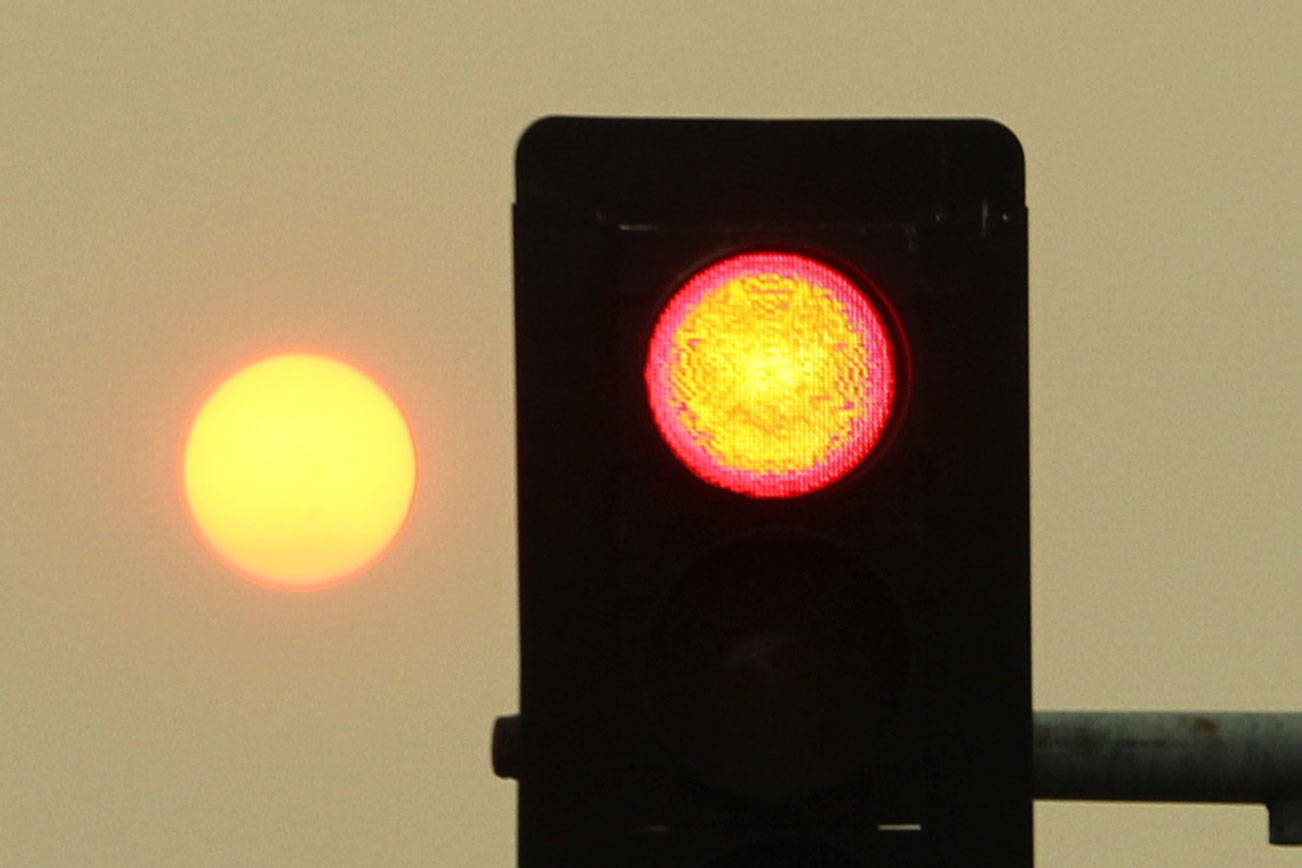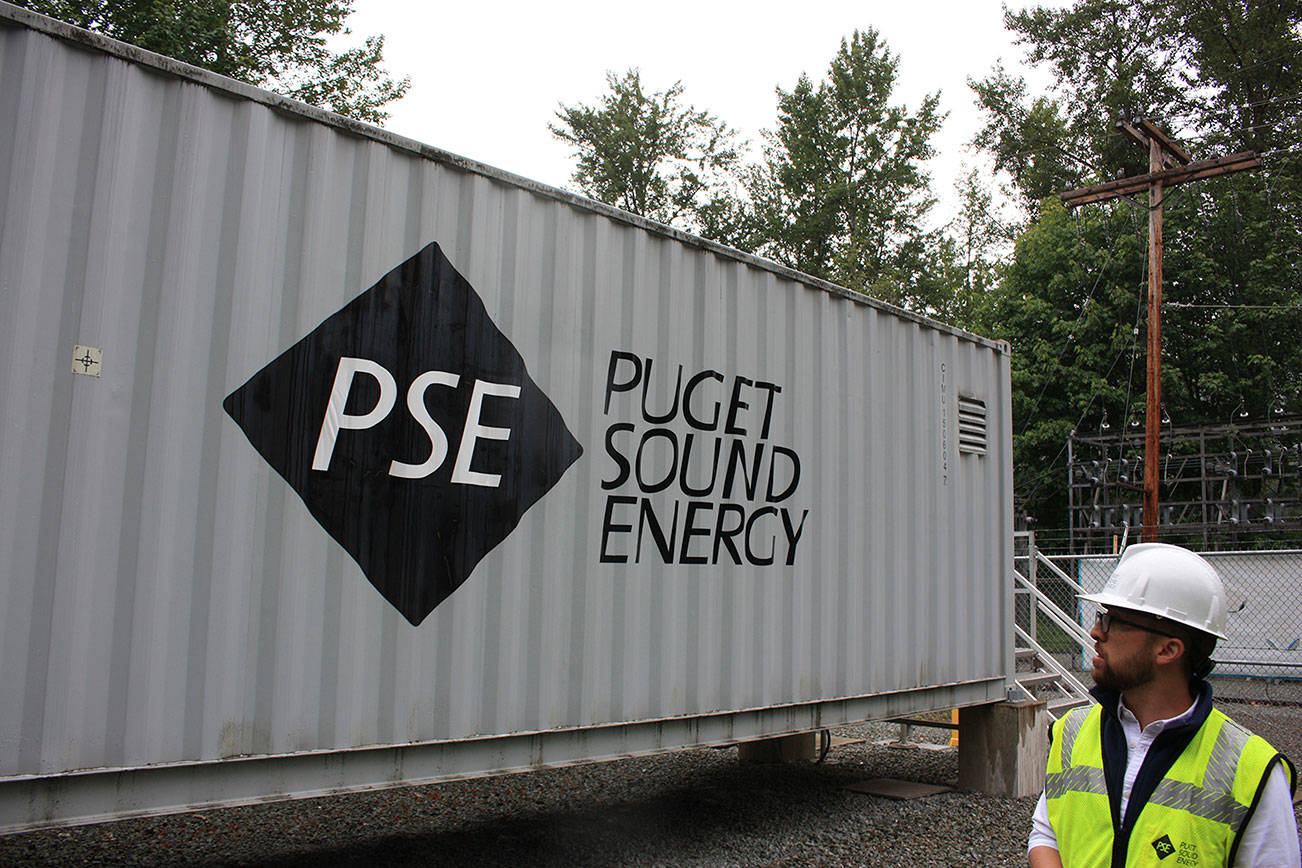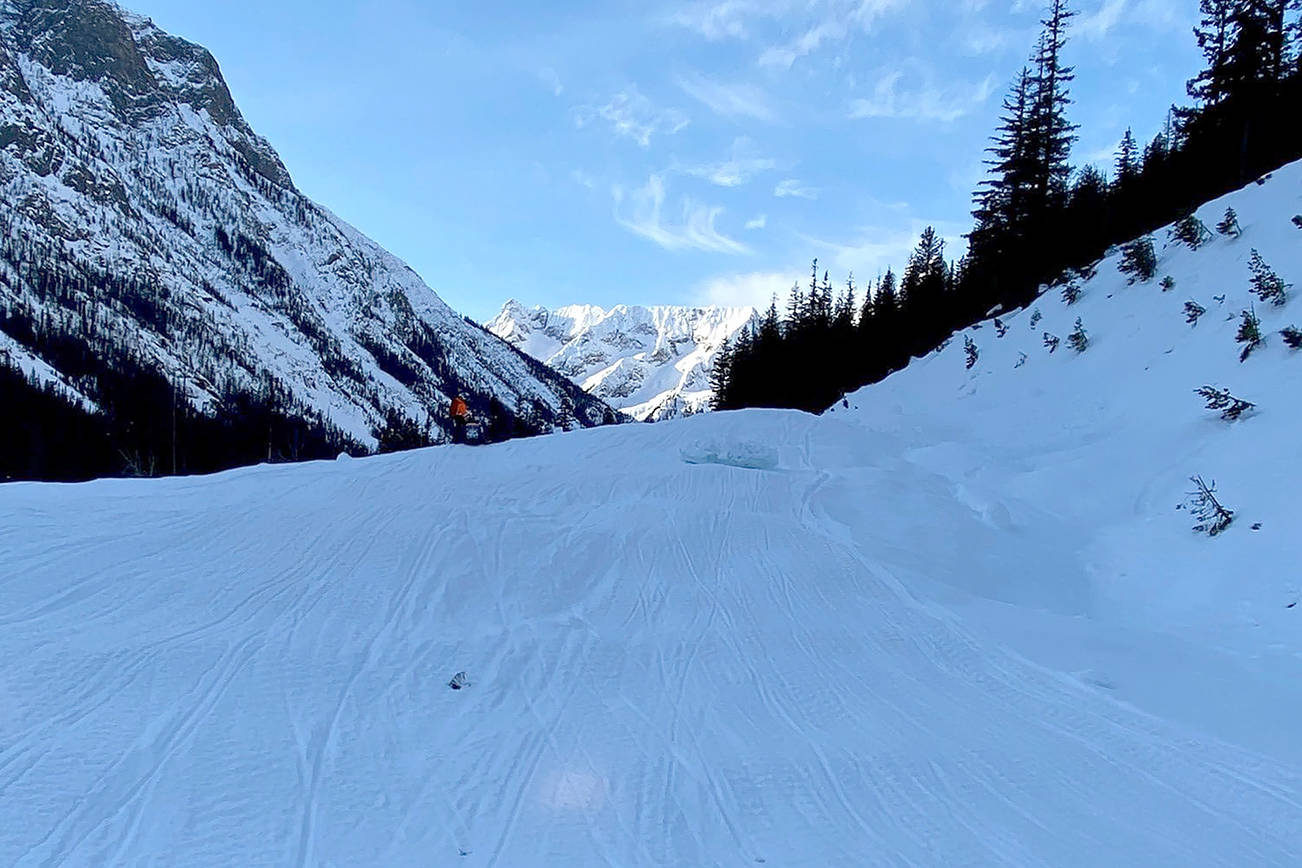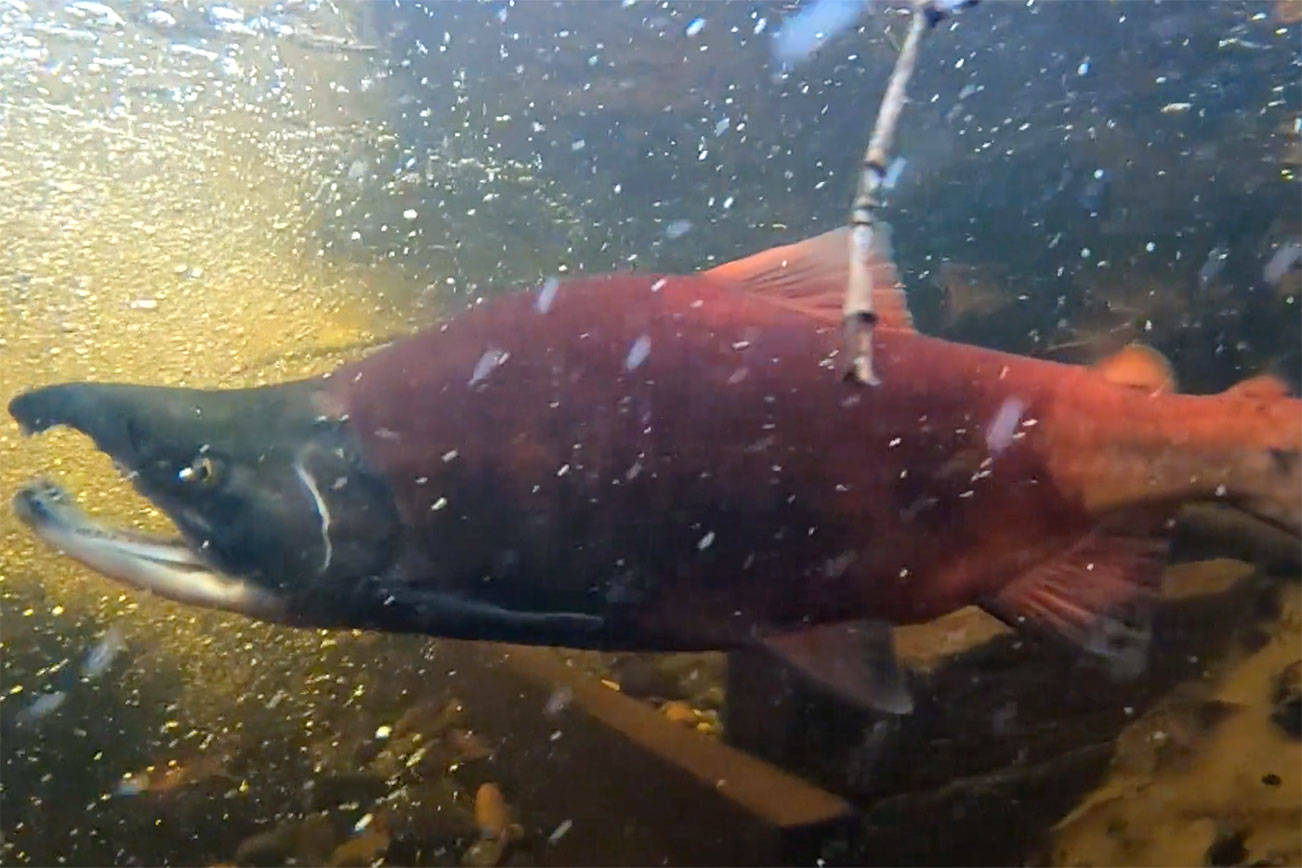Another smokey summer may be coming with fire risks in many parts of the state above average.
The National Interagency Fire Center releases an annual fire prediction summary that provides a seasonal fire outlook for the United States. August is peak wildfire season in the West and a large amount of plant fuels surviving from last year, coupled with average grass growth this year, creates a higher-than-normal fire danger during the late summer. Generally rain and cooling temperatures in mid-September bring fire season to an end.
Washington state Department of Natural Resources commissioner Hilary Franz posted a video on her Facebook page with assistant fire operations manager Aaron Schmidt on June 5 providing additional seasonal projections. There have already been significant wildfires in the state this year, especially in southwest Washington, an area that has generally avoided fires in the past. This May was the warmest on record.
“Historically, Western Washington has had really benign fire activity, in the last five years that’s been a categorical shift,” Schmidt said.
Three helicopters are being positioned west of the Cascades this year for the first time. Last year, there were roughly 10 large fires across the state costing $140 million to fight. Fire seasons have grown more intense, especially from 2014-16, with 2015 being a particularly dangerous year. Still, by the end of last year’s fire season, the region experienced more than 3,400 fires that burned more than 1.1 million acres in the Pacific Northwest during 2017.
“Fires are getting more complex and they’re getting more difficult and more resistant to control,” Schmidt said.
One of the most noticeable wildfire effects in Puget Sound is a layer of smoke in the air, which can be dangerous for residents. Wildfire smoke is a mixture of gases and fine particles from burning trees and plants.
The size of the particles changes how dangerous they are, with larger particles acting as irritants and smaller particles working their way deep into the lungs. Smoke can worsen symptoms for people with heart or lung health conditions and smoke masks rated for N95 or better should be used as protection.
Humans cause around 75 percent of wildfires while lightning causes the rest. Franz urged caution when engaging in activities ranging from barbecuing to driving motorbikes — all of which could spark a fire. Five Eastern Washington counties are already experiencing high fire risks and another two are ranked by Natural Resources as at moderate risk.
While camping, fires are allowed only in areas without a burn restriction, in approved fire pits and shovels and a bucket of water should be kept nearby. Never walk away form a smoldering campfire.
A version of this story first appeared in the Issaquah-Sammamish Reporter.








